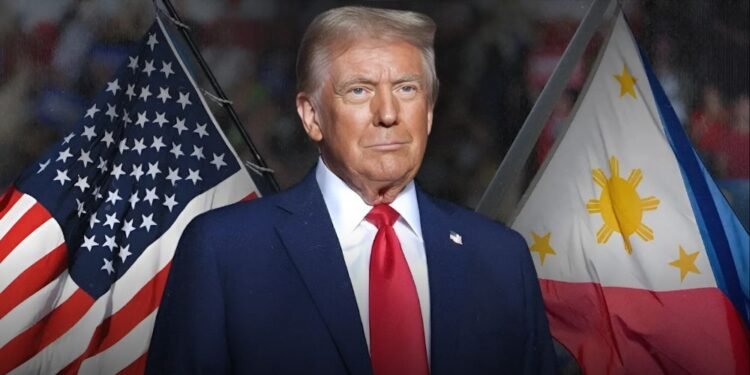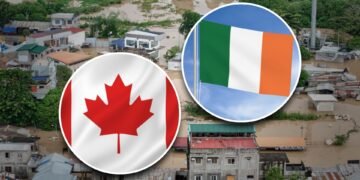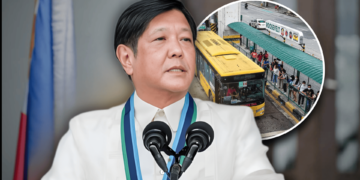On August 1, all Philippine exports to the United States will face a 20% tariff, following a formal written notice issued by U.S. President Donald Trump to President Ferdinand Marcos Jr.
The memo was publicly posted via Truth Social and marks a definitive move in Trump’s new economic strategy: swift, unilateral, and direct.
The updated tariff, previously set at 17%, was raised without the usual fanfare of extended talks or negotiation rounds.
As Trump put it during a Cabinet meeting, “I just want you to know a letter means a deal. We can’t meet with 200 countries…”
The message was clear: in lieu of protracted bilateral negotiations, the U.S. is now taking a more unilateral approach. The letter sent to President Marcos wasn’t a prelude to talks—it was the policy itself.
However, Trump extended a clear incentive: companies willing to move operations to U.S. soil could be exempted. In other words, the tariff may be stiff—but there’s a door open for those ready to relocate.
Despite the announcement’s scale, the Philippine government has responded with caution, not confrontation. Malacañang officials stated that while the impact will be monitored, the overall trade relationship with the U.S. remains a priority.












